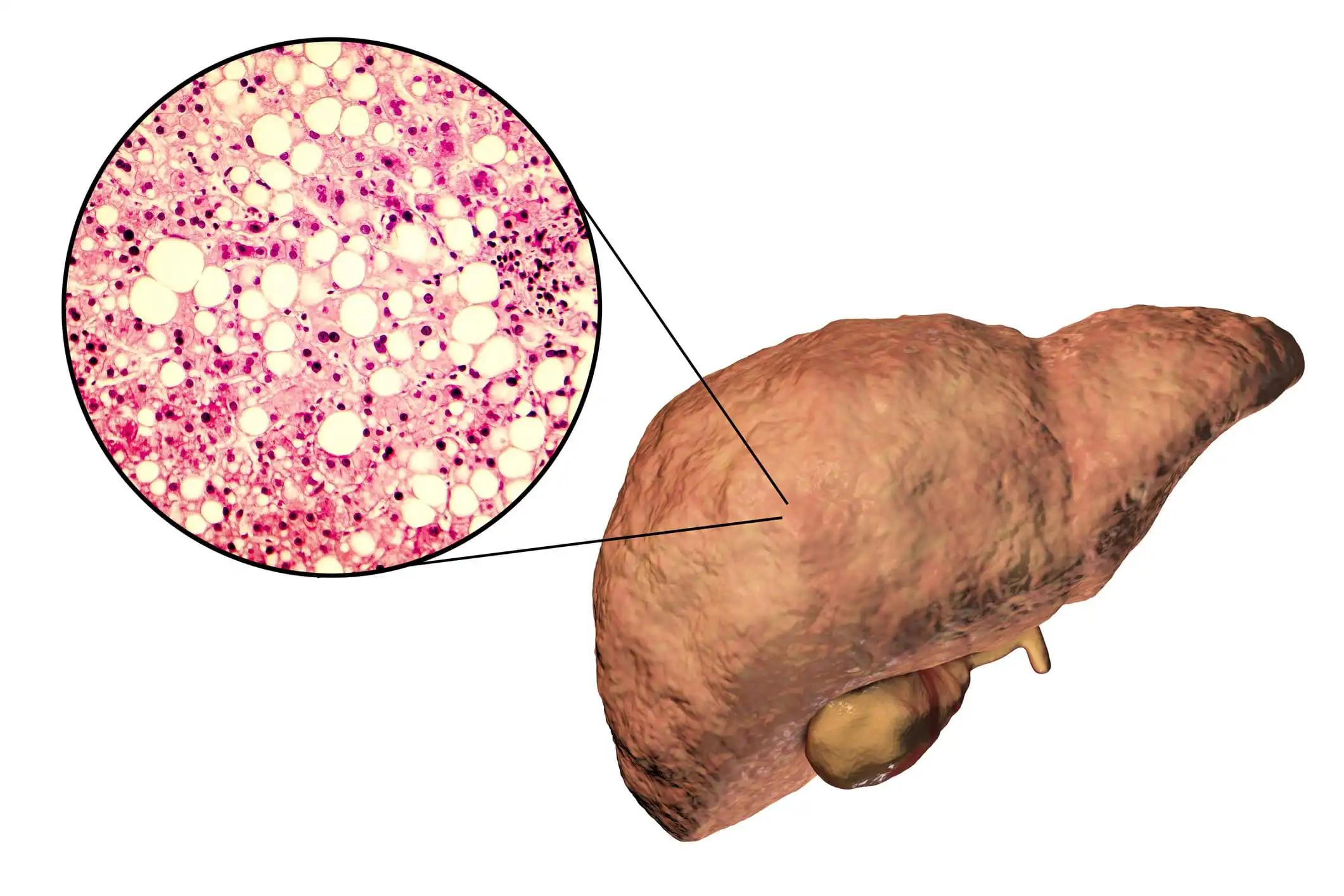KEY TAKEAWAYS
- In the LEAP-002 (NCT03713593) trial, treatment with len + pembro resulted in a median OS of 21.2 months compared to 19.0 months with len + pbo in 1L aHCC, with manageable safety in both arms.
- Prespecified exploratory patient-reported outcomes (PROs) were assessed using EORTC QLQ-C30, Euro-Qol-5D5L, and EORTC QLQ-HCC18 questionnaires.
- Compliance with PRO assessments was >91% from baseline until week 27 in both arms, with LSM changes in patient-reported quality of life, physical functioning, and role functioning generally similar between the two arms.
- Treatment with len + pembro delayed deterioration of patient-reported quality of life compared to len + PBO (median TTD, 11.5 vs. 4.3 months; HR, 0.80; 95% CI, 0.65-0.98).
- These findings support the continued development of len + pembro in HCC, combined with efficacy and safety results from LEAP-002.
In 1L aHCC, the median OS with len + pembro was 21.2 months, compared to 19.0 months with len + PBO, with tolerable safety in both arms (NCT03713593). Nevertheless, the signature requirements for OS and PFS were not satisfied. Here, they report patient-reported outcomes (PROs) from an exploratory study planned.
They shuffled 794 pts at random. EORTC QLQ-C30, EuroQol-5D5L (EQ5D-5L), and EORTC QLQ-HCC18 were used to evaluate PROs. Patients who received at least one dose of study Tx and completed at least 1 HRQoL evaluation were included in the analysis of HRQoL endpoints. A restricted longitudinal data analysis model compared least squares mean (LSM) score changes from baseline (BL) to week 27 (covariates: Tx, time, Tx by time interaction, and stratification factors). Time to worsening was estimated using the Kaplan-Meier technique for the EORTC QLQ-C30 global health status (GHS)/QoL, physical functioning (PF), and EORTC QLQ-HCC18 abdominal swelling, pain, and fatigue scales and subscales. The HR between the two groups was calculated using a stratified Cox proportional hazards model to compare Tx.
From baseline to week 27, compliance with PRO evaluations was greater than 91% in both groups. GHS/QoL, PF, RF, QLQ-HCC18 functional/domain scores, and EQ5D-5L VAS changes from baseline to week 27 were generally similar between the two groups (Table). Compared to len + PBO, treatment with len + pembro slowed the decline in patient-reported quality of life (median TTD, 11.5 vs. 4.3 mo; HR, 0.80; 95% CI, 0.65-0.98). For GHS/QoL, the 95% CI for the difference in LSM scores was 0.5 (-2.5, 3.4); for PF, it was -1.7 (-4.5, 1.1); for RF, it was -1.0 (-4.9, 2.9), for abdominal edema it was 1.0 (-2.2, 4.3), for fatigue it was 2.0 (-1.2, 5.2), for the pain it was 2.0 (-1.0, 5.0), and for EQ5D-5L VAS it was 0.6 ( There was no significant difference in the median time to deterioration (TTD) for QLQ-C30 PF (5.7 vs. 9.1 mo; HR, 1.14; 95% CI, 0.93-1.41) or QLQ-HCC18 abdominal swelling (NR vs. NR; HR, 1.19; 95% CI, 0.89-1.60) / tiredness (2.9 vs. 2.8 mo; HR, 0.98; 95% CI, 0.81-1.19).
HRQoL was better preserved with len + pembro in 1L for aHCC than with len + pbo. These data and the favorable efficacy and safety findings from LEAP-002 provide strong evidence for further exploration of len + pembro in HCC.
Source: https://meetings.asco.org/abstracts-presentations/216403
Clinical trial: https://clinicaltrials.gov/ct2/show/NCT03713593
Llovet, J.M., Kudo, M., Merle, P., Meyer, T., Qin, S., Ikeda, M., Xu, R., Edeline, J., Ryoo, B.-Y., Ren, Z., Cheng, A.-L., Galle, P.R., Kaneko, S., Kumada, H., Kamble, S., Norquist, J.M., Mody, K., Dubrovsky, L., Siegel, A.B. and Finn, R.S. (2023). Health-related quality of life (HRQoL) impact of lenvatinib (len) plus pembrolizumab (pembro) versus len plus placebo (pbo) as first-line (1L) therapy for advanced hepatocellular carcinoma (aHCC): Phase 3 LEAP-002 study. Journal of Clinical Oncology, 41(4_suppl), pp.506–506. doi:https://doi.org/10.1200/jco.2023.41.4_suppl.506.



